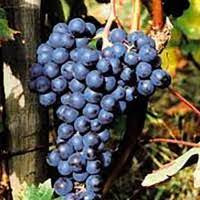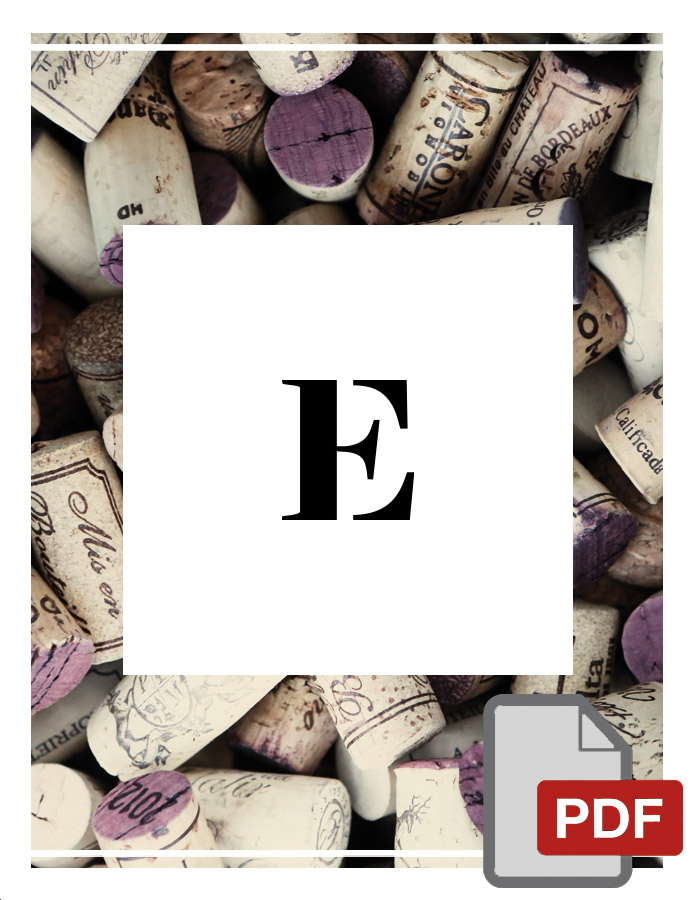Learning about wine
The Dolcetto – Vineyard and Wine
Ciao,
I have always been fascinated by the Dolcetto; it intrigues me for its misleading name.

History
The Dolcetto vine is a variety of black grape vine native to Piedmont which has become a distinctive feature of the Langhe area. The first evidence of Dolcetto dates back to a document dated 1593 from the municipality of Dogliani, although the history of this variety is certainly older. It seems that it arrived in Piedmont from nearby Liguria via the many salt roads that crossed the hills and which represented important trade exchanges at the time.
In Liguria the Dolcetto is named Ormeasco di Pornassio DOC and the cultivation area includes the western part of Liguria in the province of Imperia. Its characterization has evolved above all thanks to the perfect adaptation of the vine to the microclimatic conditions that are generated in the Ligurian hills.
In Piedmont there are eleven wines with Controlled Designation of Origin (DOC) relating to Dolcetto: Dolcetto d’Alba, Dolcetto d’Dogliani, Dolcetto di Diano d’Alba, Dolcetto delle Langhe Monregalesi, Dolcetto d’Asti, Dolcetto d’ Acqui, Dolcetto di Ovada, Langhe Dolcetto, Monferrato Dolcetto, Colli Tortonesi Dolcetto and Pinerolese Dolcetto.
In addition, we have two wines with Controlled and Guaranteed Designation of Origin (DOCG): Dolcetto di Dogliani Superiore (simply Dogliani – established in 2005) and Dolcetto di Ovada Superiore (simply Ovada established in 2008)
Nice to know
There are several theories regarding the origin of the name Dolcetto. The prevailing one is that it is linked to the important sugar concentration of the grape.
Another theory believes that the term “dosset” refers to the gentle conformation of the hills that traditionally hosted the cultivation of this variety.
Characteristics

The cultivation requires well-drained soil and significant sun exposure; Dolcetto is a very adaptable vine and grows well in both hot and cool climates. The Dolcetto bunches are medium-sized with oval-shaped berries and thick skin rich in tannins and low acidity. The must has an intense ruby-red color with purple hues. The Dolcetto is an intense red wine with hints of ripe berries and spices. It is usually drunk young, but depending on the winemaking and the refinement, it can age up to seven or eight years, resulting in a good structure and complexity.
Food paring
If young, the Dolcetto goes very well with pasta dishes with meat sauces, tasty soups, and semi-mature cheeses. When aged in wood and therefore with an important taste persistence, it pairs well with roast beef or stewed rabbit; with these dishes, the tannin helps to absorb the succulence.
There is also the Dolcetto rosé which, I must say, amazed me; it is perfect with sautéed vegetables, fish, and white meats; in this case, I recommend serving it fresh but not cold.





